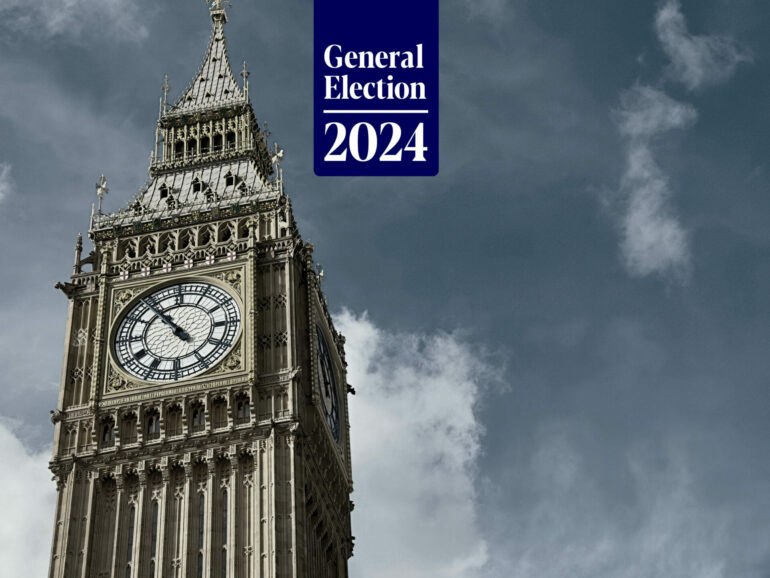New research from the TDS Charitable Foundation reveals that over a third (35%) of private renters are finding it difficult to afford their rent, with the proportion rising to 56% for those not in work due to long-term sickness or disability. Among students, 45% are struggling to meet rent costs, and 43% of those receiving benefits report difficulties.
The overall figure has risen from 32% last year. The data comes from a representative survey of over 2,000 private renters conducted in March. The research indicates that while average rents have increased by 7% over the past year, the rise is uneven across different locations. Average rents have increased by 11% in small towns but decreased by 0.3% in suburban areas.
Additionally, 55% of tenants reported having to cut back on essentials such as food, heating, and clothing. This figure rises to 72% among single-parent renters and 62% for rented households with children.
With all major political parties promising to end section 21 ‘no fault’ repossessions, the TDS Charitable Foundation warns that this will not provide sufficient security for tenants without addressing rent affordability. The foundation urges all parties to develop plans to tackle the supply and demand gap in the rental market to help reduce costs and commit to maintaining housing benefit rates for the next Parliament.
Dr Jennifer Harris, head of policy and research at TDS Group, said: “Being able to afford a home should be the foundation for anyone to flourish. However, our data paints a worrying picture of the pressures many renters are now under and has implications for landlords with tenants in arrears.
“Whilst all the main parties have focused on ending section 21, this will not address the fundamental challenges many tenants face in affording their rents.
“The next government needs to avoid the temptation to reach for simple solutions. This means addressing the gap between supply and demand in the rental market, reducing costs on the sector and providing certainty about housing benefit levels to enable tenants and landlords to plan for the medium to long term.”



